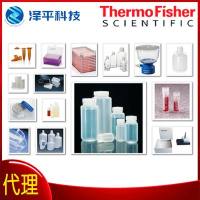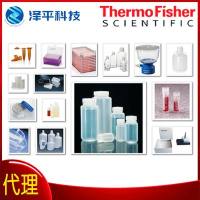Methods of Titrating Nonselectable Recombinant Retroviruses
互联网
469
When using recombinant retroviruses for gene transduction, it is necessary to have a measurement of the concentration of virus particles in the medium conditioned by virus-producing cells (i.e., the viral titer). In the case of viruses encoding selectable markers, this can readily be determined by infecting a susceptible cell line (usually 3T3 fibroblasts), culturing in selection medium, and scoring colonies of resistant cells (Chapter 3 , this volume), which gives a concentration of virus particles in the preparation as a number of colony-forming units/mL (CFU/mL). In cases in which the gene of interest is not selectable, quantitation can still be achieved by the use of recombinant viruses additionally encoding a selectable marker under the control of a separate promoter (Chapter 1 ). In some cases a selectable gene may be desirable, but there is evidence indicating that in viruses possessing two transcriptional units expression from each is depressed (1 ,2 ). Thus, for maximum viral titer and maximum gene expression in the target cell, the virus construct of choice will encode a single gene. Other means of estimating viral titers are then required.









